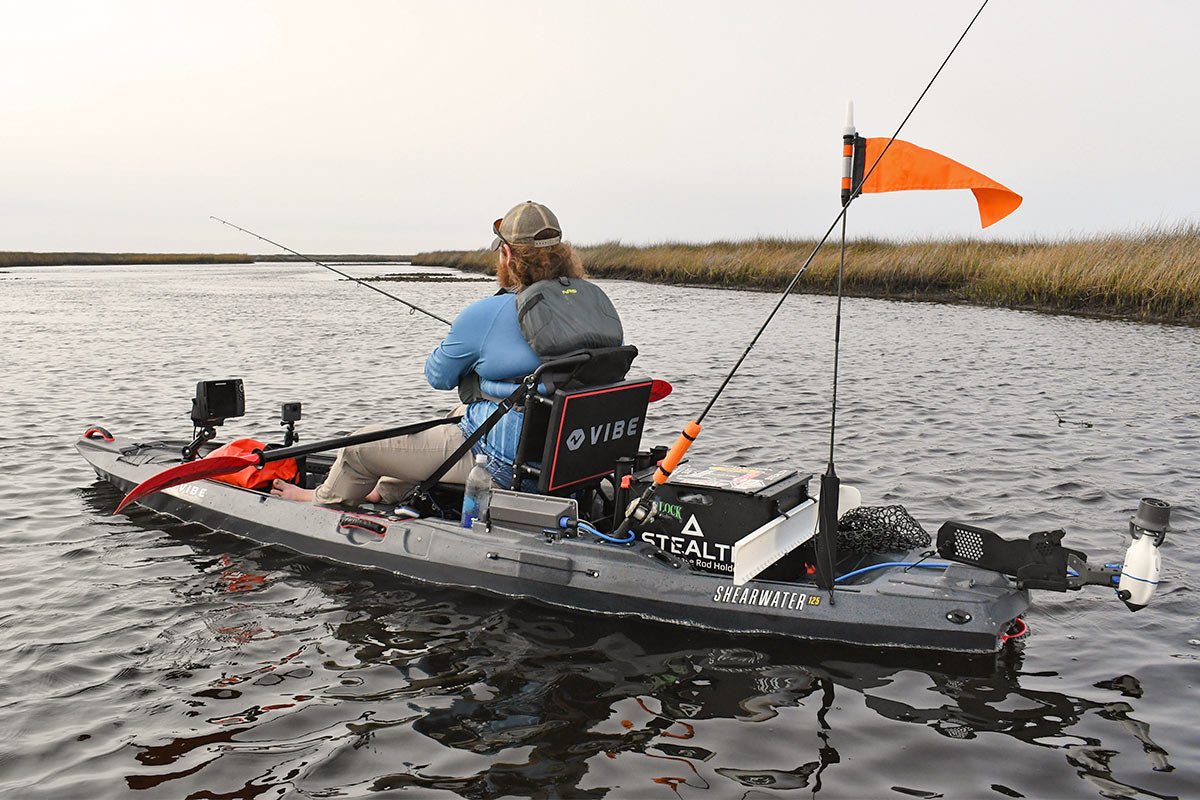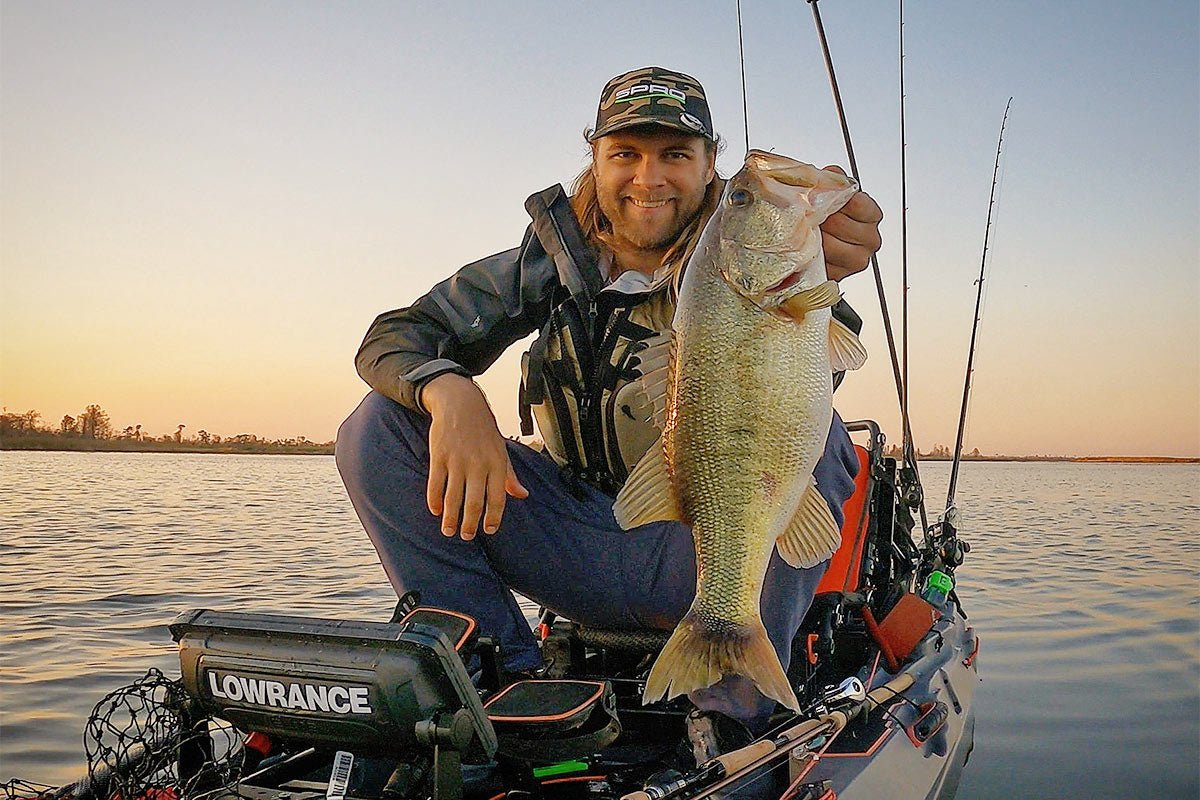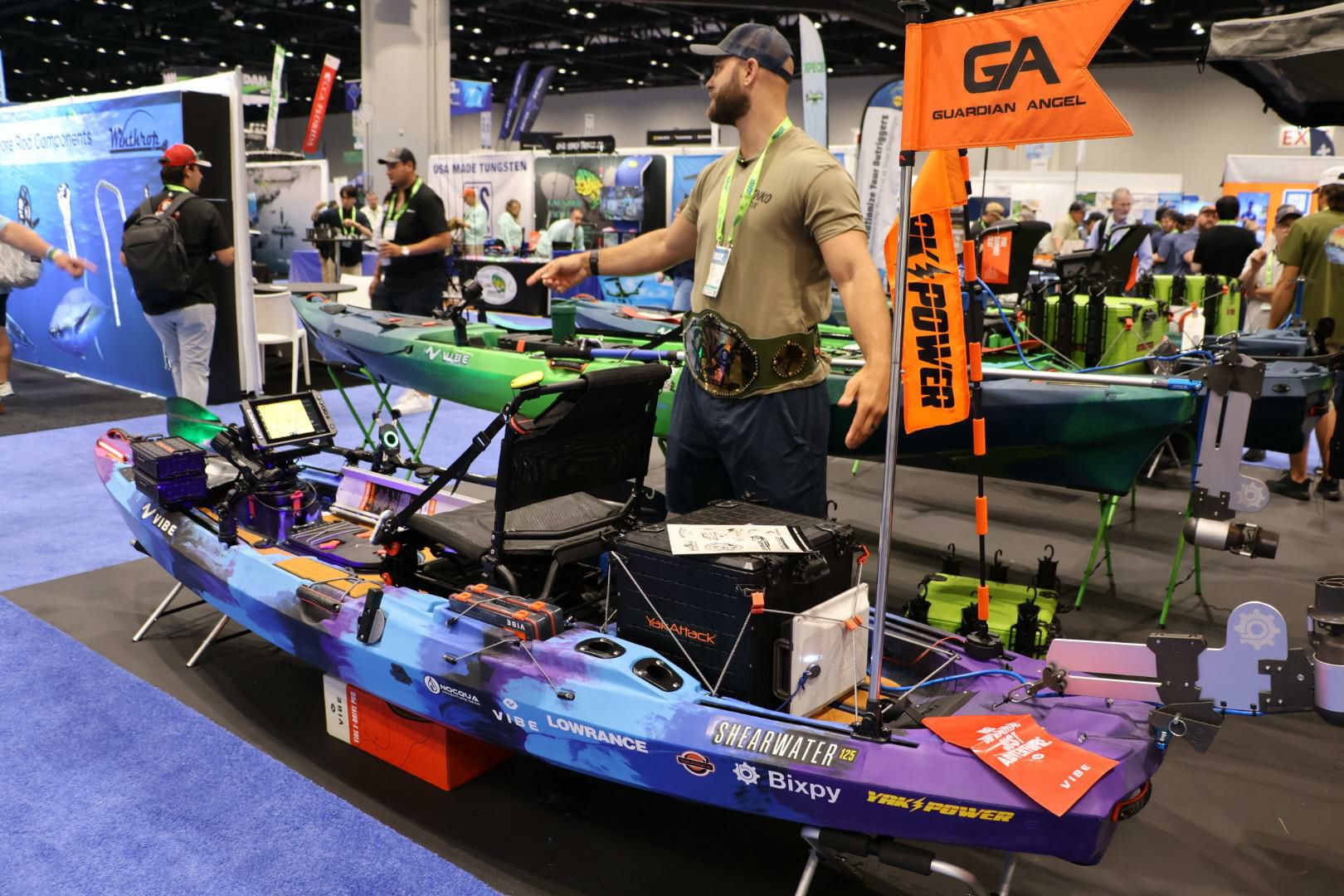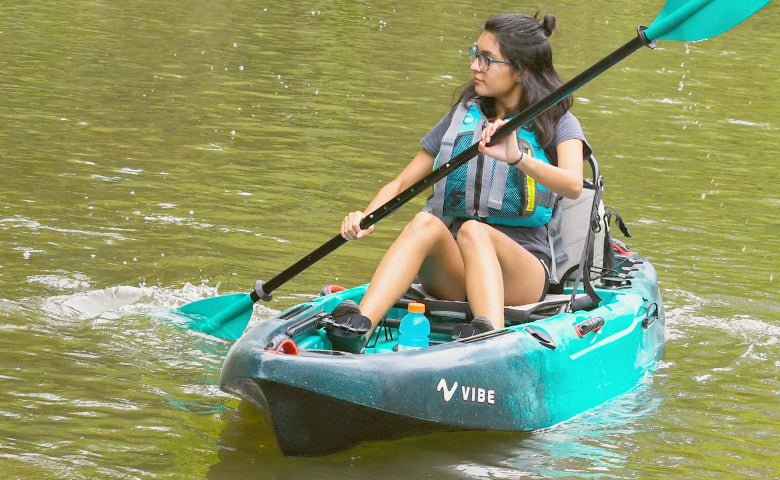Basic Kayak Maintenance

If every paddler had their way, kayaks would glide through the years without a scratch or dent to their hulls. But let’s be realistic here – a well used fishing kayak in particular takes a beating! The good news is that fishing kayaks are resilient and kayak maintenance requires minimal effort.
However, there are a few basic things to do and think about to keep your fishing kayak and equipment in good shape. Soon, the process will be routine!
Pre-Season Kayak Maintenance: Taking Your Kayak Out Of Storage
The last thing you want to happen when you pull your fishing or recreational kayak out of storage for your first spring paddle is to find that something was left broken from last year or damaged during storage.Here are some tips for inspecting your stored boat:
Look Over The Hull For Damage
Long term storage is one of the most common ways a fishing or recreational kayak’s hull can be damaged. In the case of a depressed hull, heat will often be enough to return the kayak to its original shape. Leaving it in the sun on a hot day will often pop it back to its original shape.
Inspect The Rigging
Make sure the hardware, perimeter lines and bungees are all in good shape. UV radiation from the sun can deteriorate plastic pad-eyes and degrade bungees/lines. Look over the rudder if it has one and evaluate the deployment lines, cables, pivot hardware and pedals. Make sure to repair anything that needs fixing now, rather than finding out on the water!
The Vibe Shop or your local Vibe dealer can certainly help you examine your rigging and make sure your kayak is ready for a long season on the water.
Replace Old Parts + Accessories With New Ones
This is the perfect time to retire old gear like rod holders or beaten-up paddles with broken drip rings, or parts on your kayak that may be compromised. You don't want to be on the water when things break. Look over all of your gear and remind yourself what was bothering you last year. If you found yourself wishing for an extra something last season, like another rod holder or a fishfinder mount, or GoPro mount, this is the time to add it!
Refill Emergency Gear
Go through your first aid kit, bailout bag and emergency repair kit to make sure everything is stocked. This is especially important to do because if it needs refilling, it means it was something you had to use last year!
In Season Kayak Maintenance
Keep these pointers listed above in mind during the peak of your paddling season.
Avoid kayak maintenance by using a cart – they can save your back and your kayak!
Use A Kayak Cart
Dragging your fishing yak on the ground will thin and weaken the material at the bottom, the worst case scenario being that it could lead to holes that will have to be repaired by a specialty shop. Kayak carts are a win-win because they will protect your kayak from damage plus make getting to and from the water a cinch. Grab a good kayak cart from your local dealer.
Keep It Clean
A fishing kayak doesn’t need to look shiny and new, but it’s good practice to quickly spray down your kayak after every outing. This will remove grime and salt that can lead to corrosion of the hull and prevent mold from growing.
Usually just taking the hose and spraying down the interior and exterior will suffice but it’s a good idea to give it a thorough scrub with mild soapy water and a kayak sponge a couple times a year.
Shield It From The Sun
Long exposure to the sun will affect more than just your kayak’s color; it’ll eventually weaken the plastic, making it brittle and prone to cracking. Leaving it out for a few days here and there won’t mean you should expect to puncture your hull on the next outing, but several months will certainly lead to deterioration.
Spray your kayak with 303 Protectant to shield it from damaging UV rays
Using 303 Protectant is a popular method of stopping harmful UV rays, but it requires re-application because the spray will wash away with rain and water from paddles. The best solution would be to use a kayak cover or store it indoors.
Clean & Dry The Kayak
On a dry day, unload any and all loose gear and put them aside; this includes any rigging accessories that are removable like a seat, deck bag or rod holder. Turn it upside down on a pair of kayak stands and lather it up with mild soapy water. From beneath, spray water throughout the cockpit interior and all the hatches, allowing any loosened sand, crud and dead bugs to drain out. Make sure to let everything dry out before putting it away.
Take a kayak sponge and scrub away if you think it’s necessary. Areas like the rear well can end up being a nesting ground for insects if they’re left alone during storage.
Care For Your Rigging Components
Look over any attached parts on the kayak, like bungee cords, rudder cables, seat buckles and such, and take note of any frayed cords or parts that need replacing and order a replacement part promptly. If any of the bungees, straps or buckles can be loosened or un-done during storage, loosen them. This will help retain their elasticity.
Make sure dirt was removed from bolts/screws during your clean earlier and sponge away anything left over. The use of some WD-40 or other type of corrosion blocking product will keep metal joints in good shape.
Again, keep these tips in mind and you'll have an awesome and safe season.



